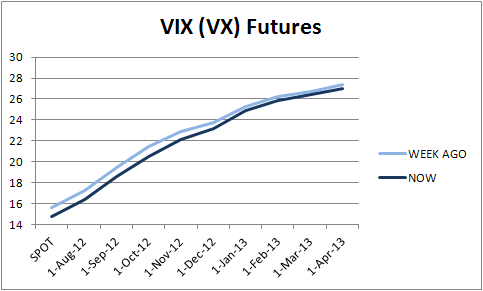Just finished reading Eric Falkenstein's new book The Missing Risk Premium . I have been a reader of Dr Falkenstein's blog for several years now, and have read his first book Finding Alpha
. I have been a reader of Dr Falkenstein's blog for several years now, and have read his first book Finding Alpha , as well as his academic papers available on SSRN, so I'm quite familiar with the topic - CAPM is wrong, there is no extra return for volatile investments.
, as well as his academic papers available on SSRN, so I'm quite familiar with the topic - CAPM is wrong, there is no extra return for volatile investments.
In the book Dr Falkenstein leaves no stone unturned in bringing empirical evidence that risk (however defined in a consistent manner) does not have positive correlation with returns, and at higher risk levels sometimes delivers smaller returns (suggesting negative correlation). To quote the book:
The book is mostly technical, but without unnecessary math, and is focused on the main thesis - there is no "investment edge" in simply taking the risk. I would recommend every investor keep this in mind.
In the book Dr Falkenstein leaves no stone unturned in bringing empirical evidence that risk (however defined in a consistent manner) does not have positive correlation with returns, and at higher risk levels sometimes delivers smaller returns (suggesting negative correlation). To quote the book:
"There is no general tendency within a variety of investments such as equities, options, most of the yield curve, high-yield corporate and bankrupt bonds, mutual funds, commodities, small business owners, movies, lottery tickets, and horse races. Indeed, many high-risk assets actually have lower-than-average returns..."In addition he proposes an alternative theory based on relative utility function - that is people pursue relative wealth and benchmark themselves to the "population" - which reduces risk premium to zero. Practical application suggested by author that one can beat the benchmark on a risk-adjusted basis if one avoids most volatile, or risky in the real sense investments that others make for exogenous reasons. As an example author provides sample Minimum Variance Portfolios that have the same components as leading equity indexes FTSE, MSCI-Euro, S&P500, Nikkei but with weights optimized to minimize volatility (details available in the book and also at Dr Falkenstein's http://www.betaarbitrage.com/) , and tend to produce similar returns as indexes with about half of volatility.
The book is mostly technical, but without unnecessary math, and is focused on the main thesis - there is no "investment edge" in simply taking the risk. I would recommend every investor keep this in mind.









